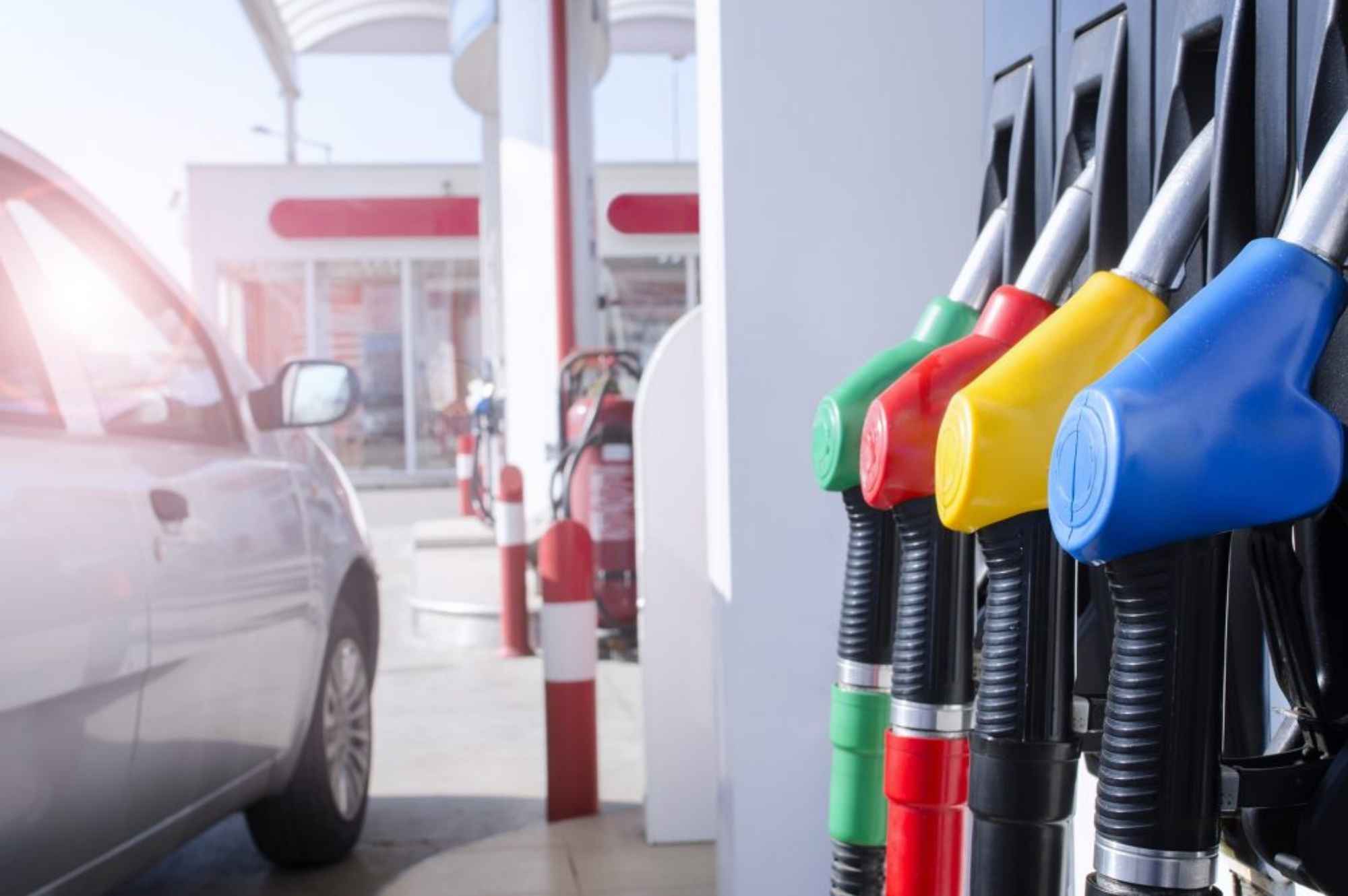With nearly 40 years working in the hazardous areas of petrol filling stations, and 20 years involvement with CompEx, Gareth Bourhill as part of his consultancy services is a registered CompEx trainer and assessor, as well as in a voluntary role as an APEA director. Certification body, CompEx, spoke to Gareth to understand his experiences and thoughts on the key issues that impact safety on petrol filling stations.
What major changes in practice have you seen over your career?
During my career, the biggest change I have seen is the transition from oil companies with engineering departments designing and building filling stations with a small retail function, to large retail operations that just happen to store and sell flammable fuels. In turn, the oil company engineers and supporting departments have mostly been replaced with those from a retailing background. The main issue here is that a retailer will certainly look at safety from a different perspective than somebody from an engineering or construction background.
In these instances, margins are tight, and the operators rely on the retail/convenience store model to make money – this is where I see mistakes being made. The facilities are seen as a retail shop not a facility that stores and sells flammable fuels. In turn, we are encouraging the public to enter facilities where flammable atmospheres exist and actually operate the Ex certified equipment. This is what makes filling stations unique from any other hazardous area industry, and why in the “Blue Book”, the APEA have had to enhance some of the technical detail in the 60079 standard series due to the risk the public poses.
It is often the case that the duty holders and retailers simply appoint the lowest cost contractor. Although they may know that they need an electrical contractor, they don’t always insist on asking them to prove competence and history of the type of work to be undertaken as legislation indicates. Through my own experience of carrying out pre-tender audits for some of my clients, I have found those pricing the work don’t even have the correct professional and liability insurance in place, so they are not covered for work where flammable atmospheres exist.
In my voluntary role as an APEA director, I usually have one contractor a month contact me asking how to install or wire electrical equipment on a forecourt, as they have been given a contract where they haven’t carried out work before and are now seeking advice. It’s understandable that businesses are expanding their services, but the question here is whether the duty holder should have made an enquiry to them in the first place, as statute legislation indicates they are responsible for employing competent persons.
In my line of work, it’s becoming all too common to find poorly completed and incorrect tests and inspection certificates, as well as poor quality installations. Unfortunately, due to the UK not having a proactive system of application of regulation, which can be seen in other countries, these problems are usually only dealt with when we have an incident or accident.
Where does the responsibility lie?
Ultimately, the responsibility to ensure any work undertaken complies with regulations and best practice sits with the duty holder as they own and operate the site. However, many larger operators delegate this duty to international or national facility management or services companies who may use their own technicians and staff, who in turn may also subcontract out some specialist areas of the work. With this in mind, the responsibility sits with any person/organisation that engages somebody to carry out work, as they still have a responsibility to employ competent people. It is also essential that an audit procedure is in place for making sure that the people that actually carry out the work are indeed capable of doing the job.
Why is it important to have competent staff?
It’s simple, electricity and electrical equipment not correctly installed and maintained will either kill people through electric shocks, fire or explosions where a flammable atmosphere exists. Since 1989, a TT earthing system has been used for the full installation of petrol filling stations – something many electricians will not have worked on or installed before. Additionally, there are special regulations for the requirements for TT earthing in BS7671, the UK wiring Regulations. We have at least three levels of time/current selectivity and cascading of RCD devices.
It’s common for some duty holders to employ a general electrical contractor for the sales building, and only use a more specialised contractor for the forecourt and hazardous area electrics. The issue here is that those working on the site’s switchgear and other electrical systems can have a detrimental and safety implication on the hazardous area electrical safety aspects. I have carried out inspections where non Ex certified components have been installed in Ex equipment, as well as finding that installers are not adequately sealing or using the wrong compound in the underground ductwork system to prevent any hydrocarbon vapour from entering any building. In addition to the safety implications of these errors, the duty holder also has a very expensive repair and loss of a whole fuel grade whilst the repair work is carried out.
I could write a book on what I have seen over the years but, to me, the disappointing thing is I’m seeing more of this now than I did in the 80s and 90s. It would appear that despite the advances of technology, safety systems, regulation, standards and codes of practice, it’s the human factor or ability, experience and competency of persons that is the sadly increasing issue.
How will installing EV charging equipment affect safety?
Central Government wishes to enhance the use of electric vehicles (EV), and with an established national network of fuel filling stations it was logical that if they all installed EV chargers that coverage could happen quickly. However, with UK filling stations having limited space and with Rapid Chargers having power ratings of up to 300Kw, it was apparent that the typical site electrical supply from the local distribution network operator (DNO) would not suffice. As such, the installation of a DNO secondary substation was going to be needed. This caused safety criteria and risks and hazards that the APEA never had to deal with before.
The APEA engaged all the industry stake holders, HSE, DNO’s the ENA and major oil companies, EV manufacturers and the IET who were updating the Code of Practice (C.O.P) for EV installations. As such, we were able to discuss and agree on a supplementary C.O.P document for the installation of EV charging points on filling stations, and enhanced the safety requirements and procedures, which was published in September 2020. The stakeholders all identified that there is a knowledge gap that needs to be filled. This supplementary C.O.P will hopefully serve the industry well until the next revision and update of the “Blue Book”.
CompEx has developed the Ex07 – Ex08 qualification in consultation with industry to ensure practicing electricians and those that carry out electrical work where flammable fuels can cause explosive atmospheres to form within a fuel forecourt, operate competently and safely. The qualification lasts for five years. To check course availability please visit https://www.compexcertification.com/industry/fuel-forecourts/.

Registered CompEx trainer and assessor Gareth Bourhill
